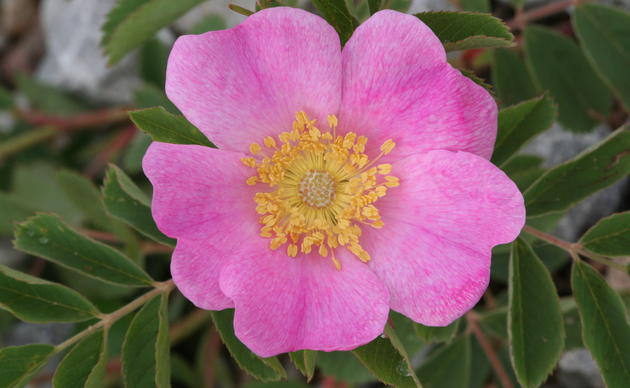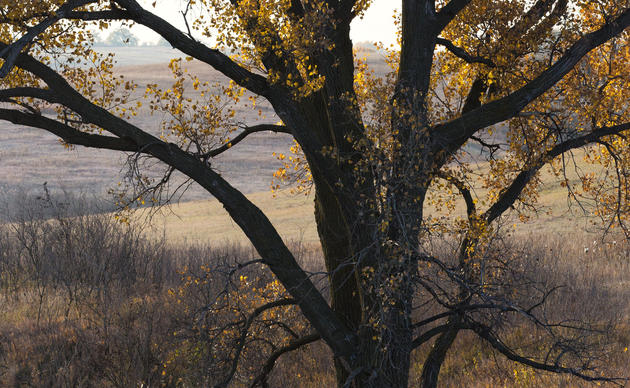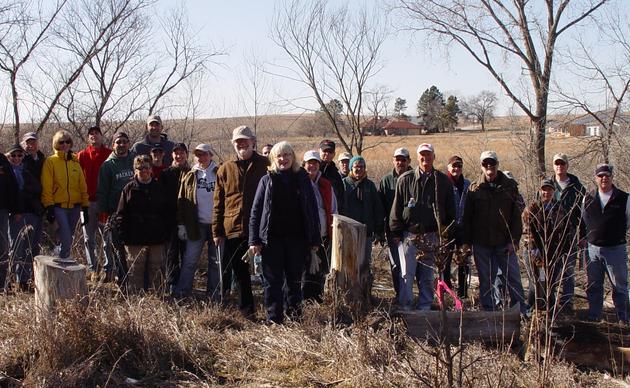What is wellness and why is it important?
According to the dictionary, wellness is “the quality or state of being healthy in body and mind, especially as the result of a deliberate effort” (Collins English Dictionary, 2012). By promoting our own wellness and that of others, we promote happier and more fulfilling lives. We are able to derive greater meaning from the human experience when we pursue wellness, as it gives us energy, helps us to make healthier choices, and allows us to appreciate daily life.
So, how can we achieve wellness?
If there were a magic pill for achieving wellness, getting outdoors would be it. It is no secret that exposure to nature has been linked to a host of benefits, including “improved attention, lower stress, better mood, reduced risk of psychiatric disorders and even upticks in empathy and cooperation” (American Physiological Association, 2020).
What hidden tools are close by that have yet to be uncovered, to take advantage of? Perhaps the answer lies in the tallgrass prairie. In eastern Nebraska, our entire history revolves around this ecosystem, and it plays a major role in our everyday lives whether we know it or not. Unfortunately, little tallgrass prairie remains in our modern world, but tucked away in southeast Nebraska is the hidden gem of Spring Creek Prairie Audubon Center, an 1,160-acre conservation center that boasts beautiful scenery, diverse habitats, and a rich history.
Ways to achieve wellness on the Prairie
A visit to the tallgrass prairie affords one the opportunity to improve wellness, both physically and mentally.
1. Take a Hike
You don’t need to summit a mountain to go on a hike. SCPAC offers a variety of mowed trails for year-round hiking/walking, trail running, snow shoeing, and cross-country skiing. Along the way, take in the beautiful sights the prairie offers, notice the animals that may show themselves to you, and ponder the history that is outlined in greater detail in the Visitor Center where you can rehydrate and relax after your trek.
Further reading: "Exercise: 7 benefits of regular physical activity" - Mayo Clinic
2. Go Birding
SCPAC is part of the National Audubon Society, a conservation organization whose mission is to protect birds and the places they need, today and tomorrow. While on a hike or resting on a bench in the middle of the prairie, listen for birds singing and calling. Scan the prairie grasses, shrubs and trees – what do you notice? Besides birds, the tallgrass prairie is home to an amazing variety of mammals, insects, reptiles, and amphibians. What signs to you see/hear/smell that tell you they are around? Take photos or journal about your experiences; feel free to ask one of the staff or volunteers about what you have seen or heard.
Further reading: "Ornitherapy: The therapeutic power of birdwatching" - Birdwatchingdaily.com
3. Meditate
Take some time to learn about meditation and the purpose of creating mindfulness. It does not have to be sitting with your legs crossed on the crest of the hill (though that would be an excellent spot). It can be taking a moment to become fully present as you overlook the waves of grass blowing in the wind, or to focus on your experience in the moment as you stroll down the paths. Using meditation as a tool for living in the now is an excellent avenue for mindfulness and, in turn, wellness.
Further reading: "The benefits of meditation" - MIT News, Massachusetts Institute of Technology
4. Practice Yoga
Another great way to channel mindfulness and get some physical exercise is to practice yoga in any way that you enjoy. There are plenty of places on the prairie to feel any degree of peace and quiet.
Further reading: "9 Benefits of Yoga" - Johns Hopkins Medicine
5. Record your Observations/Nature Journaling
On your way through the prairie, stop to notice what you experience. Perhaps it is a bird chirping or a deer bounding across a hill. Take time to stop and journal about what you are sensing, and let it guide you through your thoughts and emotions in the moment. According to the University of St. Augustine for Health Sciences, journaling inspires creativity, enhances critical thinking skills, and helps with achieving goals (USAHS, 2019).
Further reading: "10 Ways Journaling Benefits Students" - University of St. Augustine for Health Sciences
6. Create Art
If you enjoy expressing yourself through art, SCPAC offers many viewpoints to explore and light your creative spark. Practicing art, especially while outdoors (called “plein air”), enhances numerous psychological functions and promotes mental health in the simple fact that you are enjoying what you are doing at any given moment.
Further reading: "What are the health benefits of being creative?" - Medicalnewstoday.com
7. Take part in Prairie Bathing
The Japanese practice of shinrin-yoku translates to “forest bathing” or “absorbing the forest atmosphere.” This practice simply encourages people to spend time in nature. The key to prairie bathing is practicing mindfullness – being present and fully in the moment. Turn down/off all your devices and immerse your senses in the sights and sounds of the natural setting. This is a gentle practice, so if you decide to go for a walk, go at a leisurely pace, without a destination in mind. SCPAC has benches along some of the trails.
Further reading: "Forest bathing: What it is and why you should try it" - kaiserpermanente.org
8. Run
Running has a long list of health and wellness benefits. It can control stress and boost the body's ability to deal with mental tension; it can help people with anxiety feel calmer; it helps your body produce vitamin D, a nutrient that can ease depression; it helps you sleep and boosts creativity. In fact, cardiovascular exercise can create new brain cells and improve overall brain performance! SCPAC trails have some gradual hills that help get your blood flowing.
Further reading: "The Truth Behind ‘Runner’s High’ and Other Mental Benefits of Running" - Johns Hopkins Medicine
9. Experience ASMR
Autonomous Sensory Meridian Response is a sensory and emotional reaction to certain stimuli. People who experience ASMR often describe a tingling, calming, or relaxing sensation triggered by sounds or visuals. ASMR has been reported to be helpful for reducing stress and falling asleep, with potential benefits for clinical conditions like anxiety, insomnia, and depression. Not everyone experiences ASMR, but for those who do, a visit to SCPAC offers a multitude of potential ASMR triggers – the rustling of leaves caused by wind blowing through grasses or trees; the babbling of water in the creek; woodpeckers tapping on trees; the buzzing of insects.
Further reading: "What is ASMR" - verywellmind.com
Conclusion
Investing in yourself is one of the greatest gifts you could give or receive. It does not have to be daunting or overly time consuming, but rather a time of day that you can look forward to and derive great joy. Choose from the activities above and let SCPAC help. The trails and grounds are open from sunrise to sunset every day of the year, and admission is free! Click here to find an online map; two of the trails are ADA accessible. So, what are you waiting for? Give us a visit and make a positive impact on your wellness today.
How you can help, right now
Keep in Touch
Here's how you can keep in touch with all the activities and programs at Spring Creek Prairie Audubon Center



